7 Easy Climbing Plants to Grow on a Trellis
Functionality is key when selecting climbing vines for your trellises.
Not only do they enhance the beauty of your outdoor space, but they also offer practical advantages such as creating shade and providing natural privacy screens.
Before we jump into our topic, a word of caution: choose a sturdy trellis for your climbing plants! Some varieties of climbing plants have a tendency to overgrow and spread rapidly, which can become problematic if left unchecked. Allowing them to roam freely may lead to them inserting themselves into porous surfaces like concrete, brick, or wood, potentially causing damage or rot over time.
That's why it makes sense to invest in a trellis structure that can withstand the weight, contain the chaos, and promise longevity, like the Vego Garden trellis!
The Vego Garden trellis is sturdy enough to attach to metal or other raised beds, offering durability and stability. There are numerous online resources from people who have used it in various ways, providing guidance on installation and utilization to maximize its benefits.
Now that we've got that out of the way, let's move on to the actual climbing vines.
Virginia creeper

- Hardiness growing zone: Zones 3-9.
- Description: You can identify the Virginia Creeper by its striking five-lobed leaves that turn vibrant shades of red in the fall. This deciduous vine is relatively easy to grow and can tolerate a wide range of soil types and light conditions.
- Special requirements: It's important to note that Virginia creeper can be toxic if ingested, so keep it out of reach of children and pets.
Climbing hydrangea

- Hardiness growing zone: Zones 4-8.
- Description: Climbing hydrangea is renowned for its large, lush foliage and showy white flowers, but even without blooms, its glossy green leaves are showstoppers. On the other hand, the Japanese hydrangea vine boasts a similar aesthetic, albeit with larger and more spread-apart flowers. This vine is easy to please, preferring partial to full shade and moist, well-drained soil—pretty standard requirements for optimal growth.
- Special requirements: It's relatively low-maintenance once established but may take a few years to become fully established and start climbing.
Climbing fig
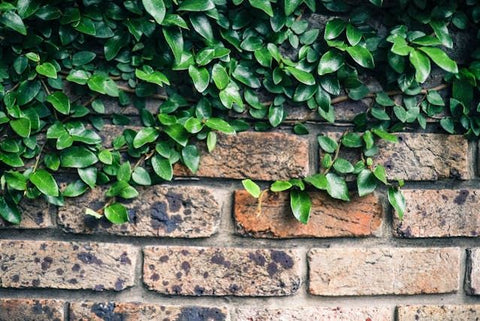
- Hardiness growing zone: Zones 8-11.
- Description: Climbing fig, also known as creeping fig. This climbing vine is versatile and easy-to-grow, and has small, leathery leaves that can cover any surface they climb. This evergreen vine prefers bright, indirect light and well-drained soil, grows fast in trellises and other structures if you are looking for a vine that create shade fast, this is the one.
- Special requirements: While it's generally low-maintenance, climbing fig can become invasive and destructive in some regions, so be sure to keep it in check by pruning regularly.
English ivy

- Hardiness growing zone: Zones 4-9.
- Description: Similar to its cousin common ivy, English ivy is a vigorous climber with glossy, dark green leaves that add texture and beauty to any trellis. This is the popular ivy that you see in cottage pictures or covering full garden walls and fences.
- Special requirements: Like common ivy, English ivy can become invasive if not controlled, so regular pruning is essential to keep it in check.
Boston ivy

- Hardiness growing zone: Zones 4-8.
- Description: Boston ivy is a deciduous vine renowned for its three-lobed leaves that transform into brilliant shades of red, orange, and purple in the fall, lending a magical allure to any garden. It's relatively low-maintenance and can tolerate a wide range of soil types and light conditions, though it tends to thrive best in full sun to partial shade.
- Special requirements: Boston ivy can also be invasive in some regions, so keep an eye on its growth and prune as needed.
Silver lace vine

- Hardiness growing zone: Zones 4-8.
- Description: Silver lace vine, also known as fleece vine, is a fast-growing deciduous vine with delicate, lacy foliage that imparts an ethereal charm to any trellis, giving your garden a truly enchanting look. The vine thrives in full sun to partial shade and requires well-drained soil, as well as ample space to accommodate its vigorous growth.
- Special requirements: While it's relatively low-maintenance, silver lace vine can become invasive in some regions, so be sure to monitor its growth and prune as needed.
Trumpet vine

- Hardiness growing zone: Zones 4-9.
- Description: Trumpet vine had to be included here because it only produces flowers for a short season and is mainly vines the rest of the year. The vine is a vigorous climber, grows fast, and boasts stunning tropical-looking foliage. Additionally, it serves as a pollinator, attracting hummingbirds with its vibrant orange or red blooms!
- Special requirements: Trumpet vine requires regular pruning to control its spread and can also be aggressive in its growth habit, so it's essential to monitor its spread and provide adequate support as it climbs.
Final thoughts
Climbing plants are a stunning way to add visual appeal to your garden and create shade for your crops and garden. Just remember to consider how much space you want the vine to take over, and then consistently prune and contain your vines; otherwise, they will take over because that is what they are programmed to do!

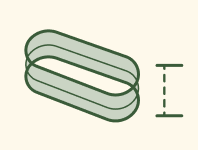

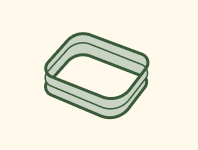
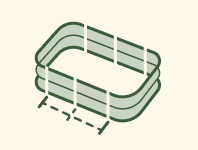
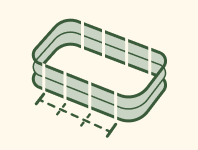
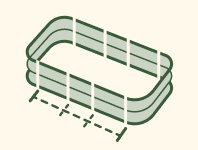
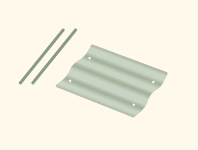
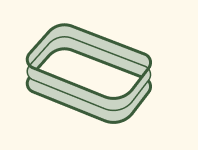
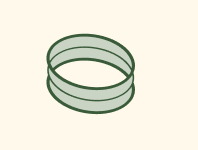





















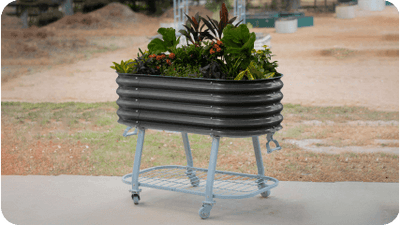








































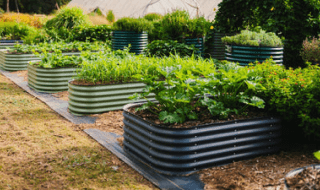
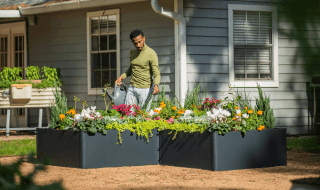
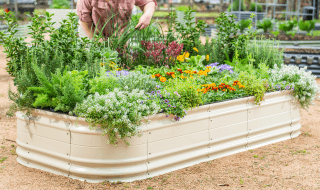
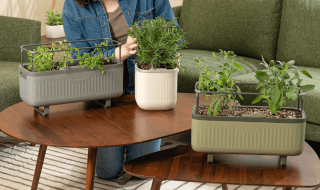
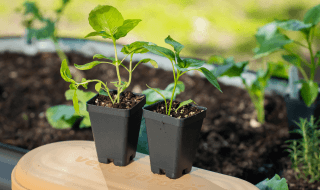
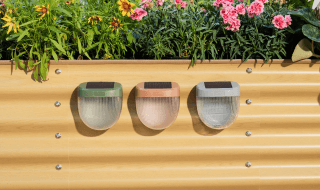
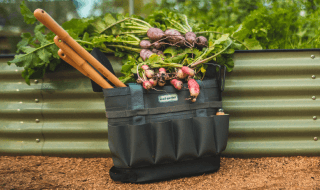
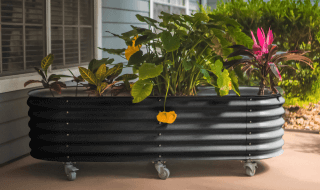







Nice article! I would just note that while all of these plants are visually attractive, some of them are highly invasive, and can potentially dominate other plants in the garden. Growers should check whether particular climbing plants are considered invasive in their area, as many of these plants can get out of control and threaten native species.
Leave a comment